Film or story, dream or nightmare, Candyman’s name will carry through the halls of film and urban legend history, refusing to be erased.
Considering all the strange and ancient traditions we celebrate during this time of year, I thought it a perfect setting to discuss urban legends.
We still celebrate and hold one high today, especially in December: Old Saint Nick.
Santa Claus is probably the first legend we are told as children that sows belief, the idea in our childhood minds that an enormous Northern man riding airborne deer that could dip into your homes and deliver gifts with ease was food for a child’s imagination to gobble up like cookies and milk. The illusion shattering is usually a childhood heartbreak, when we find out the only magic was how good our parents could be at hiding things from us and how far we could stretch our dreams.
Santa only stops for adults because we willed him to; nothing is stopping a magical gift from blessing someone’s day, and no gift tag is required. Yet, once we are informed, there is no turning back, and the magic dies.
No tale stresses the power of belief more than Candyman.
Directed and written by Bernard Rose with writing from Clive Barker and inspiration from Barker’s short story “The Forbidden,” this film was delivered to the big screen in 1992. Candyman is a gothic supernatural horror film discussing urban legend and folklore and its deeper implications surrounding class, race, and history. Regarded in many circles as a “contemporary classic,” Candyman landed critical acclaim and was followed by two less-than-successful sequels and a stirring reboot that showed how strong the pillar that is the original stood.
Featuring a starry-eyed Virginia Madsen, an iconic Tony Todd, Kasi Lemmons, Xander Berkeley, and others, it created a memorable, irreplaceable cast that would stand the test of time and create a legend to permeate not just time but write itself into history rather than fairytale.
Opening to urban Chicago, scored by the beautiful symphonies and choirs of Philip Glass, we overlook a modern city bustling and moving about its day.
“They will say I have shed innocent blood,” a voice purrs over the buzz of a thousand humming bees, “What’s blood for, if not for shedding?”
This, and a declaration of murder, ushers in a swarm of bees over the city and invites the arrival of something larger — we just don’t believe it yet.
A graduate student, Helen (Virginia Madsen), is deep in her cigarette, listening to a tale. The story is of a babysitter inviting her lover over one night and the use of a “game” of sorts. The babysitter and her boyfriend stand in front of a mirror, the girl prying for him to say “Candyman” five times in front of it, prodding with stories of a hooked killer. While the boyfriend can only say it four times, the poor babysitter says it for the fifth time.
She’s supposedly split open, both her and the baby; her boyfriend left to go insane from the trauma. Helen leaves the interview smiling to meet with her fellow researcher Bernadette (Kasi Lemmons), listening to another sordid tale of urban legend.
She meets with her husband and professor, Trevor (Xander Berkeley), lecturing on urban legend and its ability to reflect the subconscious fears of society. The bell sets the class free, but it appears the professor has admirers in spite of his wife’s presence.
Lightly accusing him of philandering, she skips the awkward and obvious to nail Trevor to the wall for starting the urban legend lectures during her and Bernadette’s research phase. Trevor prioritizes himself and his curriculum, dismissing Helen back to the story of the babysitter and the mystery of the man in the mirror, still drawing a chuckle from her.
When a custodian enters and hears the name “Candyman” on the recording, she immediately perks up.
She asks if Helen’s doing a study, to which Helen reluctantly says she is, of sorts, and the woman begins to open up about the current place Candyman holds in modern oral folklore. Everyone is still terrified of the specter, especially the residents of the Cabrini-Green projects.
Another story from a friend of a friend; this one actually has the pal to provide proof.
Bringing in another custodian, they tell Helen the story of a woman in her bathroom, Ruthie Jean, who heard noises like someone coming through her walls. Her 911 calls go unanswered (typical in high-crime, low-income areas, as noted in the film), and when Ruthie Jean is finally found, she is supposedly murdered with a hook.
At the end of the story, both women excuse themselves from the gossip, wanting nothing further to do with the legend but sending Helen down a rabbit hole of curiosity. Mysterious articles documenting the death of the woman are finally discovered, and the truth and tragedy of Cabrini-Green is only just beginning to reveal itself.
Urban Legend, Oral Culture
Urban legends are still persistent today, old superstitions still have their place among the ranks, and people can still lend an ear to an unbelievable tale. From the Chupacabra to Loch Ness to Mothman, every culture has its monsters or shadowy stories, and each person almost certainly “knows a guy,” etc., that always has a yarn to spin.
Candyman’s story comes close to one of our most persistent and popular urban legends still repeated in the bathroom by middle schoolers: Bloody Mary.
The presence of the mirror and the repetition of the name all seem to pay homage to the horror game most children played in the dark at sleepovers. Candyman’s story doesn’t become history, it becomes legend, told over a dinner table by men who merely studied Candyman with the disconnect we study Greek gods with: finding much of faith in some places, but no place in their hearts for belief.
Candyman’s story is a horrific one and one that I feel the need to recount here to give it space and acknowledgment.
Born in the 1800s, the young black man was the son of a slave. He was raised around “polite society” and soon blossomed into a promising young painter, the likes of which garnered the attention of the wealthy who wished to have themselves immortalized through portraits. However, after painting one client and meeting his daughter, Candyman fell in love — with a white woman, no less — and soon, the two found themselves expecting a child.
Her father’s rage knew no limits, as he sent a lynch mob to find the artist and kill him for his sin. The mob severed his right hand, his painting hand, off and replaced it with a hook. Soon after, he was smeared with honeycomb, attracting the bees that would eventually sting him to death.
Finally, to cement his obliteration, his body was burned on a pyre on the land that would later become the home to Cabrini-Green’s housing complex.
Oral history is still alive today, and there have been studies researching, not just documenting, the most haunting tales told.
Some studies work at exposing how urban legend and our reception of it can change our ideas, our perception of others, and our inability to recognize true information.
In a study found on Springer Open led by Italian researchers, an analysis was conducted on urban legend and fact-checking strategies to see if it was possible to isolate informational networks that spread false information. The urban legend here is defined as “…false stories that become persistent in a local popular culture,” boiling it down to the oral historical version of fake news. In this model, people who believe urban legends are like patients “infected” by a false story, and the project’s point was to create a fact-checking system to help analyze and debunk false beliefs.
However, the study shows what people already know in their hearts: you can’t beat superstition.
“Infected” study members showed resistance when given the truth and, in fact, showed that once exposed to a reinforced story in their community, they were almost completely certain to maintain that belief regardless of the evidence presented.
This study was conducted in 2019, showing how we still, 30 years after this urban legend phenomenon, tend towards belief and tread so very closely to the ideas that Candyman was inching towards when it comes to fact versus conviction.
Black Erasure
Candyman may have his own story, but it is rooted in doubt and marred by a lack of historical accounts or over-embellished by lore.
While it may seem like Candyman has a legacy, and that he does, especially in his dwelling, is that fair? Is that accurate? Should his fate have become a text and not a story?
I imagine that the fact this was the son of a slave and a black man who was deeply involved in the lives of wealthy, white clients had something to do with his disappearance. Candyman was intentionally removed and unintentionally forgotten, a violent crime to ring through time but never be validated by more than a scary story.
“Black erasure” is quickly becoming a more common term as culture attempts to shift to honor the accomplishments of frequently less represented groups while simultaneously limiting them.
You can find many scholarly or popular articles across the web documenting the phenomenon that apparently finds itself alive and well today.
An article posted by the ACLU in 2022 states that over 30 state legislatures have moved to limit the discussion of racial history, and even more shocking, over 300 books by predominantly black authors discussing topics of race, gender, and more were banned in just the last year alone.
Lawrence Hall notes incidents of erasure dating back to the Stonewall Riots of ’69, led by a transgender black woman, Marsha P. Johnson, only recognized after her passing, and as recent as the #metoo movement, where the woman who created the movement, Tarana Burke, was never cited by the viral tweets using the hashtag and referencing the movement she began.
The definition of erasure in this context refers to not just the ignorance of black history but the willingness to not just ignore black contributions but strip them from public use, undermining the art, politics, science, and culture injected by the many workers, researchers, and artists in the black community.
Candyman, his race, his station, and his perceived crimes made him a target to be whitewashed out of history.
Though he does receive his own legend, his own tributes, and his own community, its worship is driven by fear and built on a story whose history is only valid to those living in its reflection.
It seems this erasure effect continues into the present, with the enigmatic hooked figure not the only victim of a society that refuses to acknowledge either success or catastrophe.
Belief, Privilege, and Conclusions
We see, from Helen and Bernadette’s perspectives, a disconnect between the researchers and Cabrini-Green immediately.
Dressed pristinely, with paler skin than most, the two are assumed to be police officers initially and are greeted with a hostile welcome for the most part. We learn from a resident, Anne-Marie, that the people outside of Cabrini-Green that come poking around aren’t often the handshaking type, and eventually open up to the pair when she realizes there’s nothing to fear from the police or the government. Here, we see a mother, deeply in love with her newborn, trying to carve a life out in a crumbling neighborhood not meant for a family.
Anne-Marie is rooted here; she has a child to watch out for, and if she’s not keeping a lid on Candyman, she’s hoping to steer her son away from the gangs that make their home in the projects.
Helen and Bernadette don’t have to believe in anything, really. Their position as both students and researchers, as well as their social station, makes them natural skeptics of the lore, even causing Helen to complete the five summoning calls to Candyman out of defiance for what she believes to be fiction. It’s her disbelief that seals her fate.
Having supposedly nailed her thesis and even helped identify some criminals using Candyman as a cover to commit assaults, Helen is on top of the world. However, as she heads to her car one day, an enigmatic man in a fur coat brings visions, and a hypnotic voice calls to her. She asks if she knows the man, and he answers, “No, no, but you doubted me.” With tears streaming down her face, Helen looks into the eyes of the impossible.
“You were not content with the stories, so I was obliged to come.”
Candyman is a ghost of things not meant to be forgotten but peaceful in his slumber, knowing that while his story may not be told elegantly, he will not be erased.
Helen, in her smiling, smug, privileged position, seats herself above the lore and, finally, must face it. All stories have roots, and these ones awaken when beliefs are shaken. Candyman merely asks for the demoted respect he’s been assigned, only arising to claim a victim to reinforce his existence.
Without rumor, he must act and turn Helen’s life into a bloody daze haunted by a phantom only she can see, a fitting punishment for a non-believer.
Immortalized by the incomparable and irreplaceable Tony Todd, Candyman and his unique imagery will forever be remembered with a smooth, inviting voice and a menacing message. Though received well for its time, I believe some of the themes discussed in this film that make it such a landmark achievement weren’t acknowledged, and some of its messages still ring true today.
There are victims out there, countless, of erasure. People’s lives get turned into gossip, and news is compressed through algorithms and pumped through apps. Where you live and who you might be could decide the news you’re fed. Communities and people have been forgotten, real figures that made the change. This film, I believe, could serve as an unofficial tribute to those memories buried.
Belief can be contagious, I’ve heard, and while some people who hear stories deemed “infected” lack what “reasonable” people call discernment, I urge you instead to open your mind to what fable can offer.
You’ll find accounts of urban legends turned true tales, stories that document historical fears, and folklore that delicately touches on culture.
Candyman was an inevitable representation of things we should never forget — a brutalized figure standing tall against pain, feeding on belief, and representing imbalances and a lack of conviction that threatens all our hearts when we lose faith in history and abandon wonder.



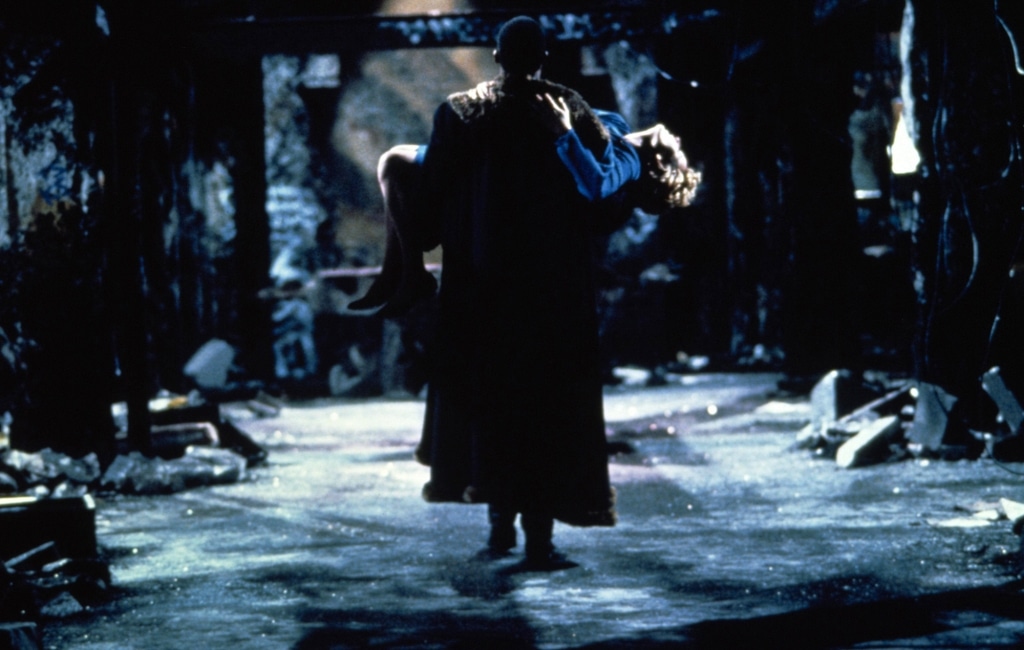
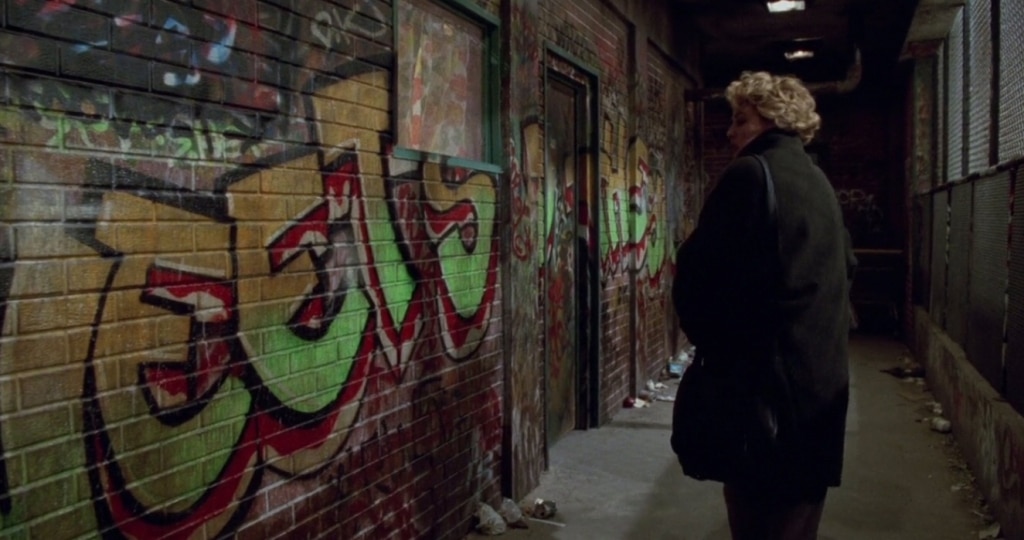
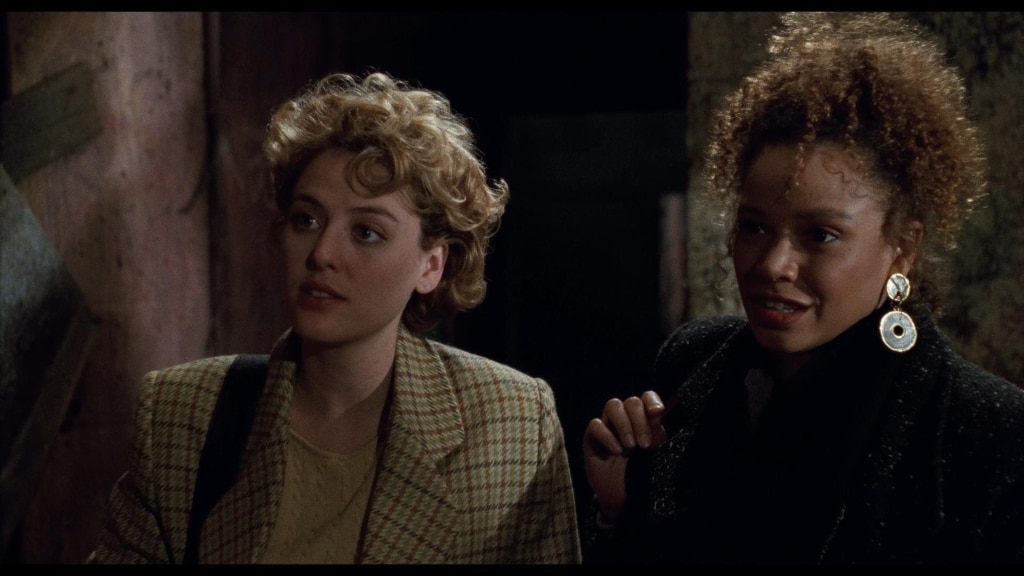
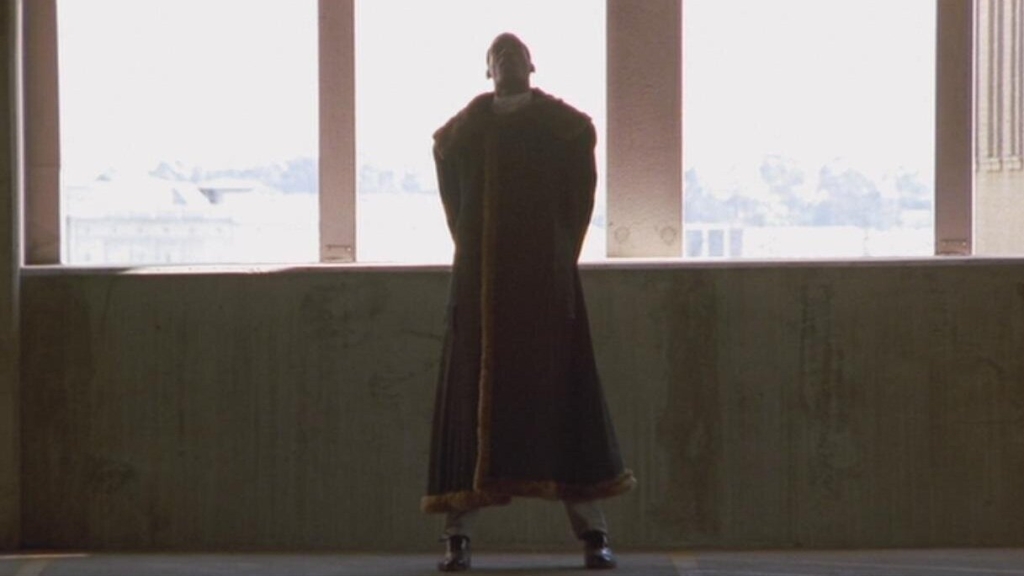
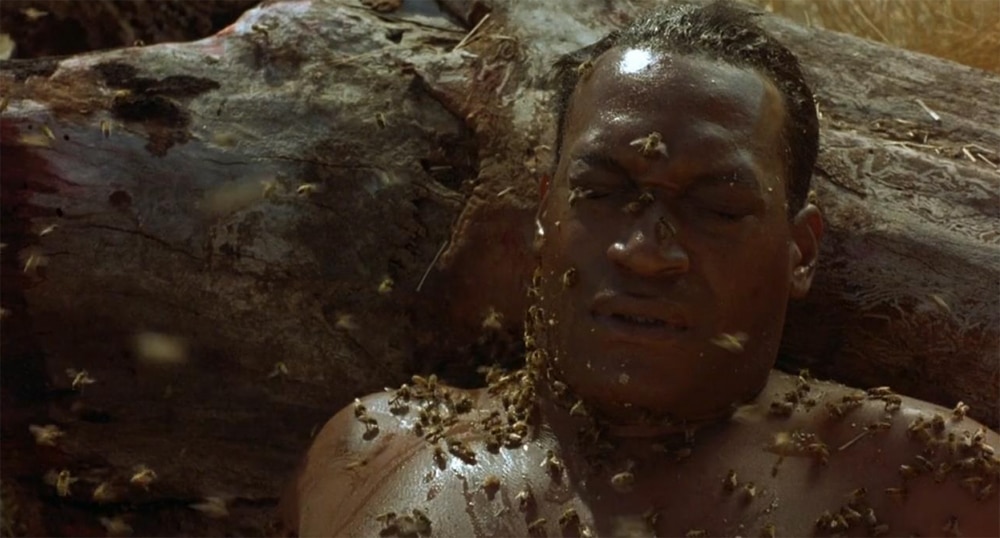
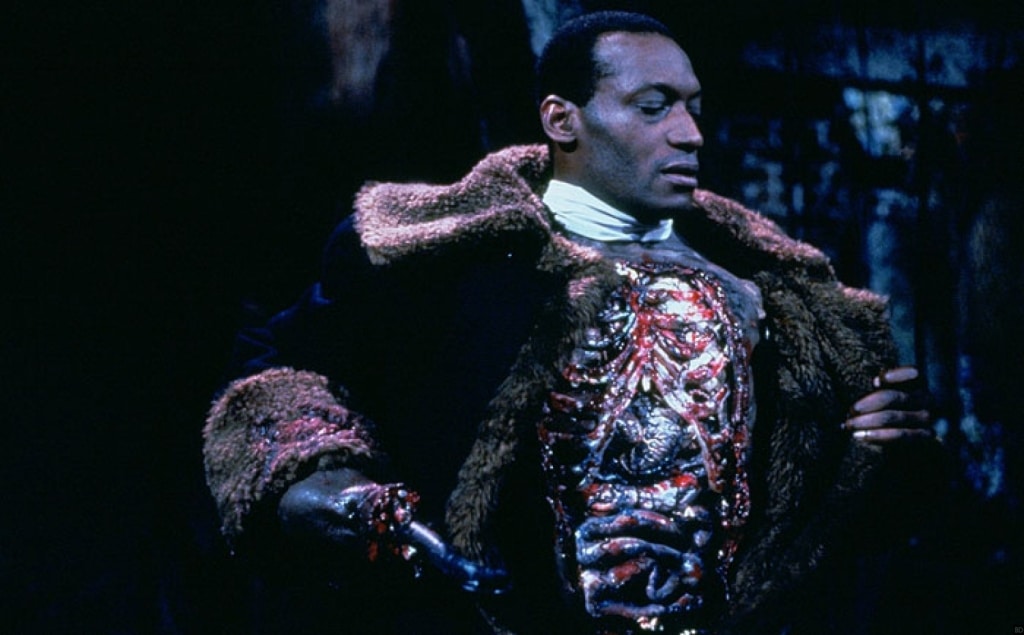
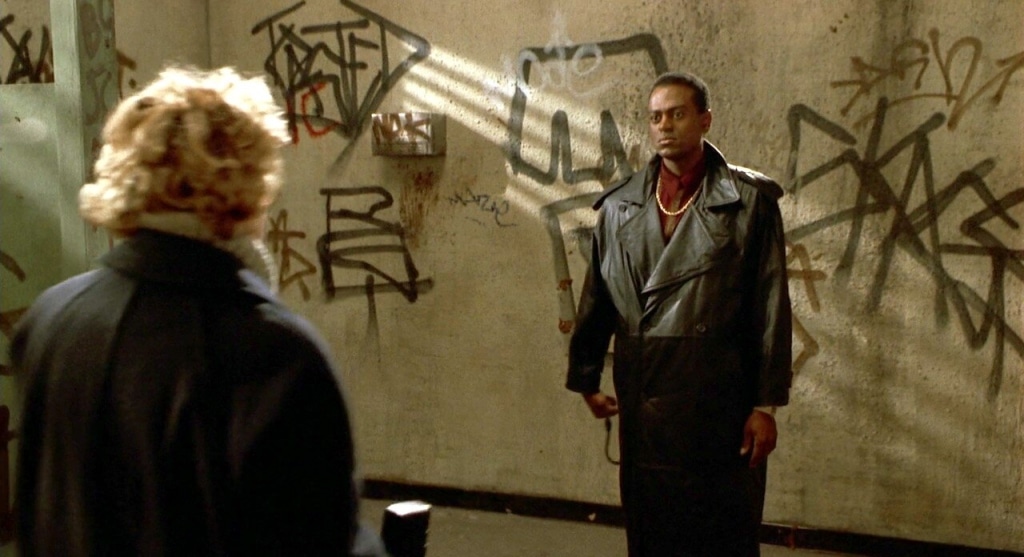
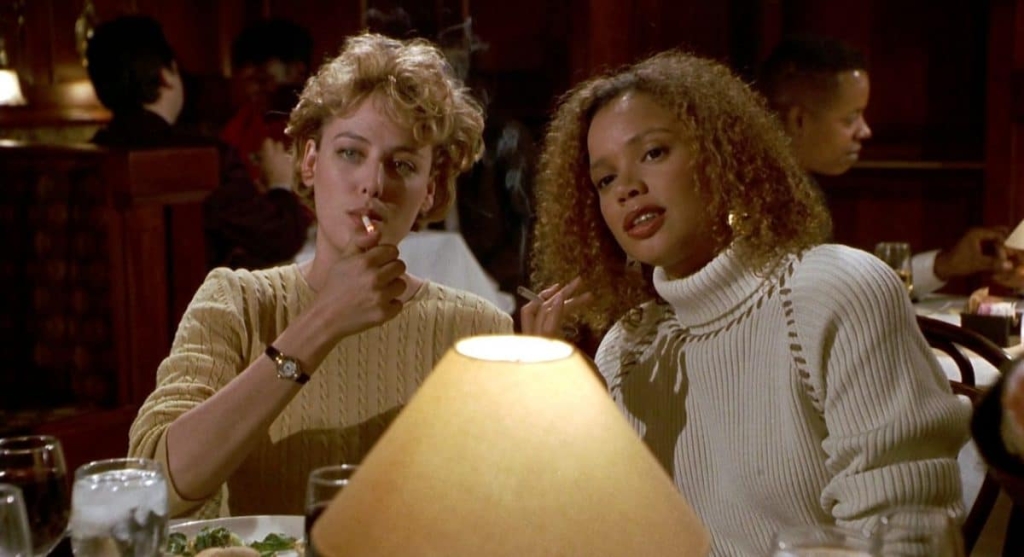
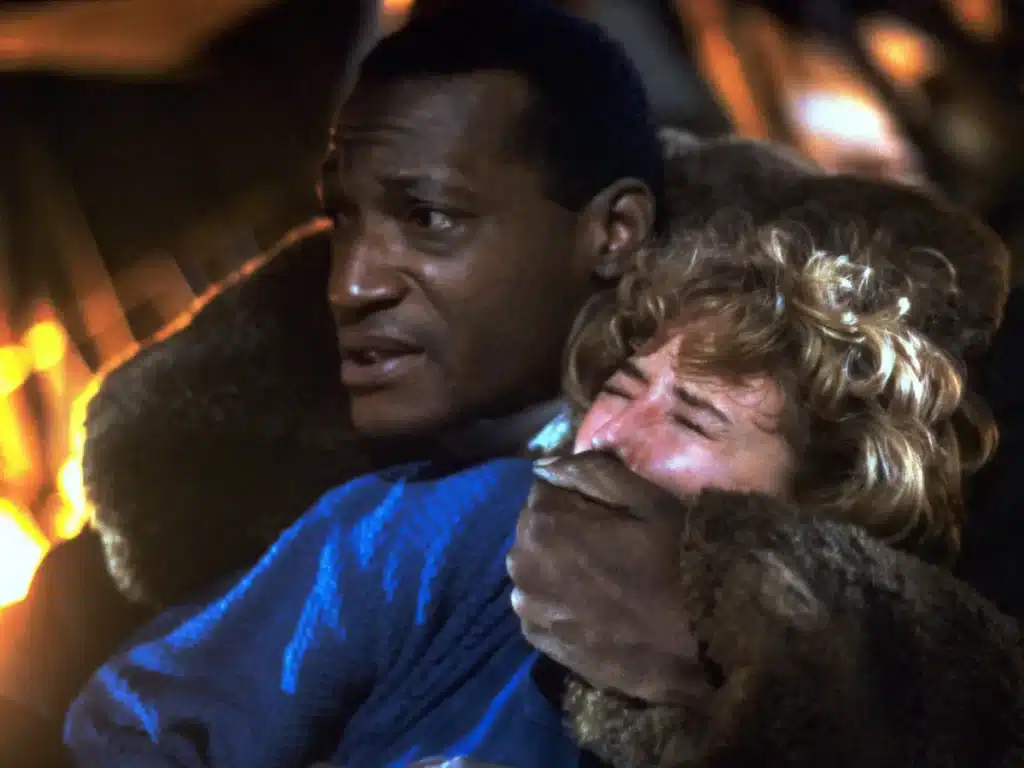
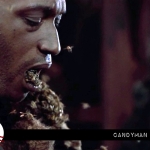

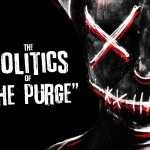
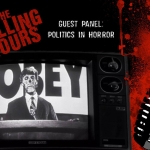








Follow Us!